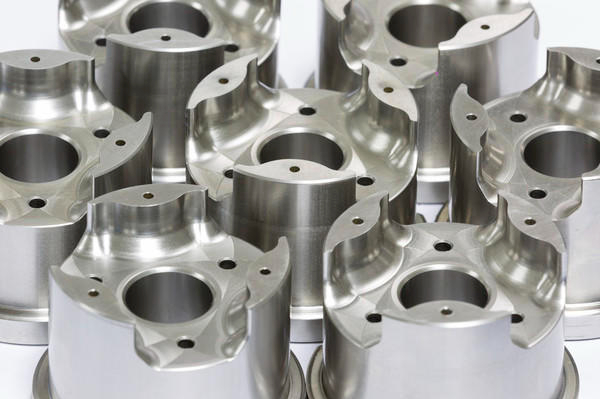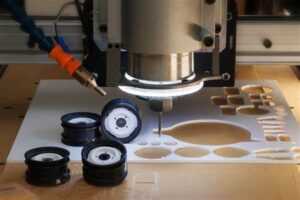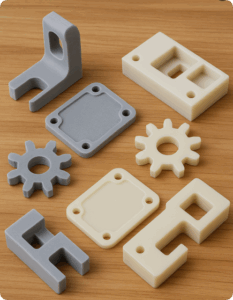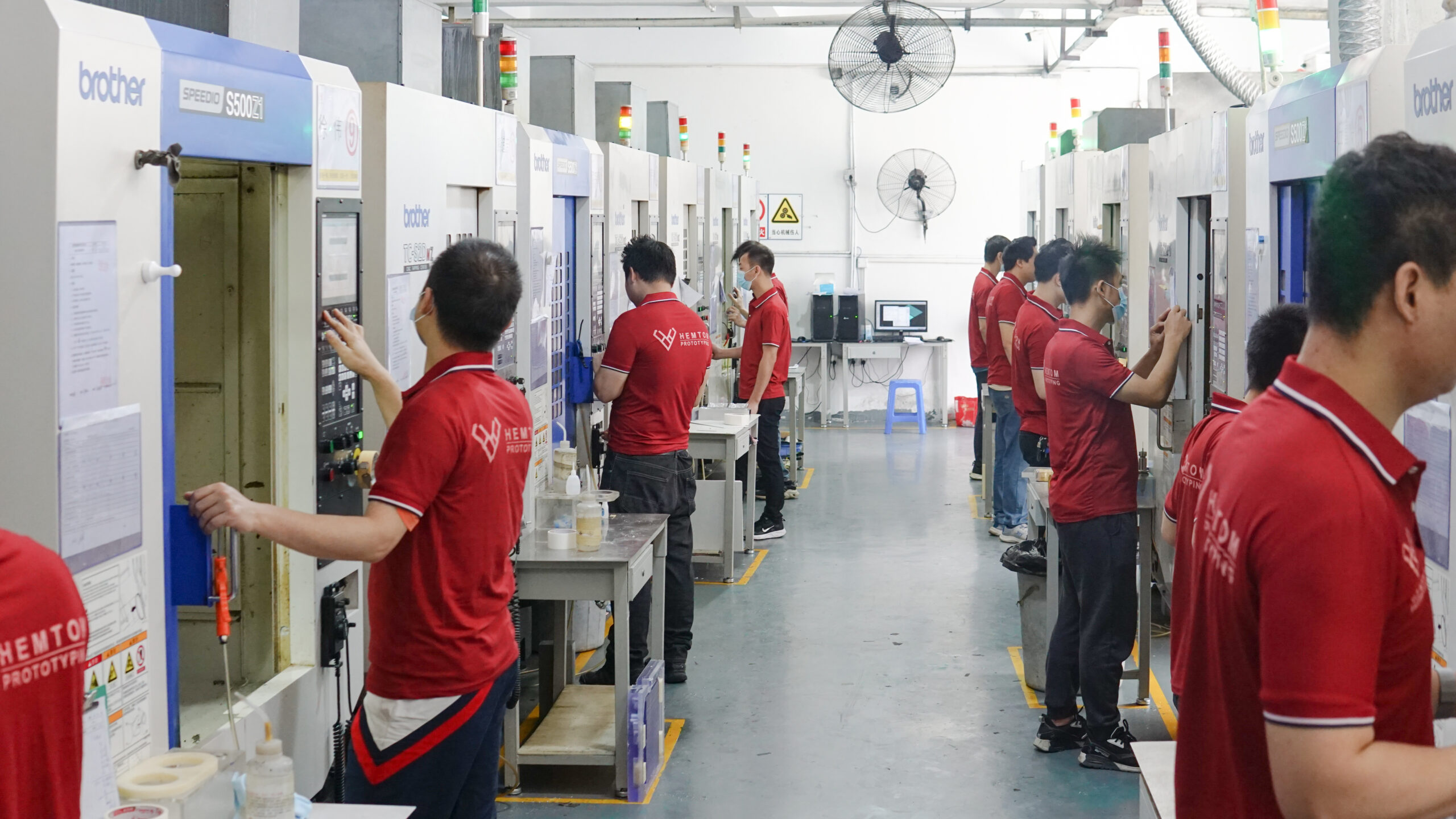For companies that require limited quantities of products but cannot justify the high costs associated with traditional large-scale manufacturing methods, low-volume manufacturing provides an efficient and rapid means of producing small quantities of products, which is particularly advantageous for new product releases, prototypes, and custom orders. This provides companies with a flexible and agile solution to meet market demand while reducing waste and environmental impact.
What is Low Volume Manufacturing
Low volume manufacturing is a production process that caters to the manufacturing needs of small quantities of products, ranging from a few hundred to several thousand.
Who need Low Volume Manufacturing? and what are the Advantages of Small Batch Manufacturing?
Low volume production is the best option for small businesses and startups that cannot afford to produce large quantities of goods. This includes small businesses and startups as well as larger companies testing new products or requesting customized orders.
There are many benefits to small-batch manufacturing:
Cost-effective production of small quantities: Low-volume manufacturing allows small companies and startups to produce smaller amounts of products without incurring expensive costs.
New products can be brought to market quicker by producing smaller quantities. This allows companies to test and refine products quickly and more efficiently.
Low-volume manufacturing allows more flexibility to make changes to product designs and customize them to specific customer requirements.
Reduced waste and reduced environmental impact: Producing only what’s needed results in less waste, and has a lower environmental impact than traditional mass production methods.
Applications of Low Volume Production in different industries
Small batch production has many applications in various industries.
- Automotive industry: Small batch production is usually used in the manufacture of auto parts. This includes customized parts, dedicated engine components, and high-performance parts. Small batch production is an economical way to manufacture high-quality and reliable auto parts.
- Medical industry: The medical industry needs to provide high-precision, customized components and equipment for complex medical procedures. Small-batch manufacturing can produce a small amount of equipment, which is an ideal choice for medical equipment manufacturers.
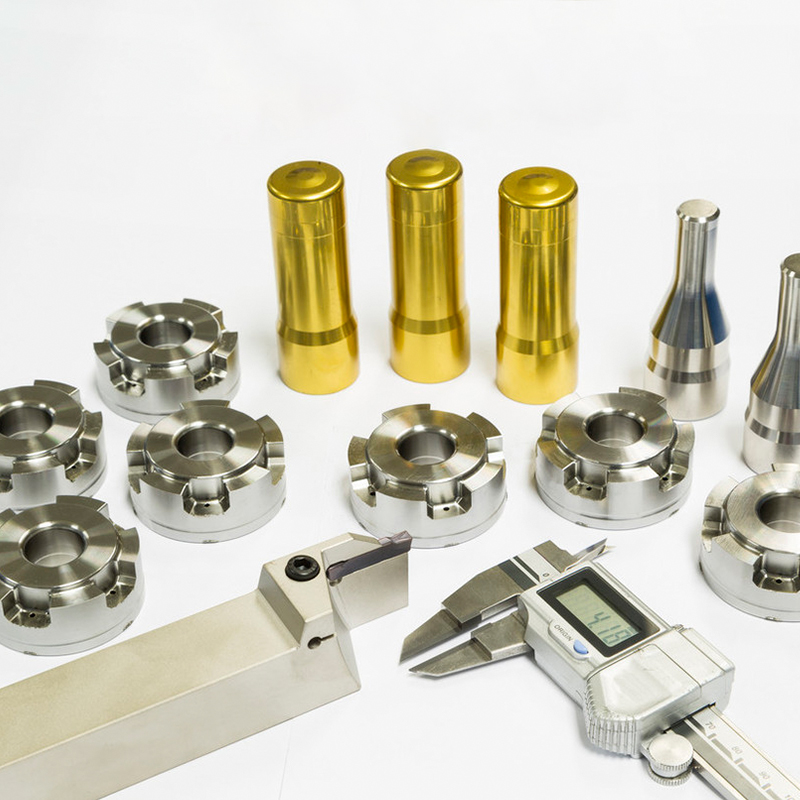
- Aerospace industry: The aerospace industry needs high-precision components that meet strict quality and safety standards. Small batch manufacturing allows aerospace parts manufacturers to mass produce them in small quantities. This flexibility is important in the design process to ensure the production of high-quality components.
- Consumer electronics industry: Consumer electronics products are usually updated quickly, and manufacturers have to increase research and development efforts to create new products. Using small batches to manufacture small batches of products (such as PCBs or circuit boards) is a good way to quickly bring products to market. And allow manufacturers to test and improve their products before investing in large-scale manufacturing.
Hemtom Low Volume Manufacturing Capabilities
Hemtom has extensive experience in manufacturing high-quality components and products for different industries. Hemtom is a leading low volume manufacturing service provider with extensive capabilities in producing high-quality parts and products for various industries.

- Prototype: Hemtom’s rapid prototyping service helps clients to bring their concepts to life in a short time. Hemtom has a team of experts who can create prototypes with a range technologies, such as 3D printing and CNC machining.
- CNC Machining: Hemtom’s CNC capabilities allow the production of complex and high-precision components in a wide variety of materials such as metals, composites, and plastics. Hemtom CNC Machines can achieve tolerances of +-0.005mm ensuring consistency and reliability.
- Injection Molding: Hemtom’s injection molding service is available for small-to-medium volume production of plastic components. Hemtom’s injection molding machine can produce parts that have intricate geometries. Its team of engineers is able to assist in design optimization for cost reduction and improved manufacturability.
- 3D Printing: Hemtom has a wide range of 3D-printing technologies available, including FDM (Fused Deposition Modeling), SLA (Structured Light Amplification) and SLS. Hemtom’s team is able to help clients choose the right 3D technology for their needs. It can also produce parts from a variety materials including ABS. PLA, nylon and TPU.
- Surface Finishing: Hemtom offers many surface finishing options including anodizing and powder coating. These finishing methods can improve the appearance and functionality, and add value to parts and products.
Materials Used in Small Batch Production
Depending on the requirements of the product or manufacturing process, small batch production may involve the use a wide variety of materials. These are the materials most commonly used for small batch production.
-
Metals, such as steel, aluminum, brass and copper, are used frequently in small batch productions due to their durability and resistance to wear.
-
Plastics: ABS, nylon, polycarbonate are all plastics that are commonly used in small batches due to their lightweight, flexibility and low price.
-
Composites: Small batch production uses composites made from materials such as carbon fiber, fiberglass or other materials because of their strength to weight ratio and impact resistance.
-
Ceramics: Porcelain and earthenware ceramics are frequently used in small-batch production due to their heat resistance.
-
Wood: A versatile material, wood is often used in small batches of production due to its aesthetic appeal as well as natural properties including thermal insulation and sound absorption.
-
Textiles – Textiles such as cotton, wool, synthetic fabrics, and silk are often used for small batch production in clothing, home textiles, or accessories.
The choice depends on many factors, such as the product’s design, durability requirements and function as well the manufacturing process. If you are unsure which material to choose, please feel free to contact Hemtom to discuss your options.
Conclusion
The low-volume manufacturing process offers many benefits to businesses who need to manufacture small batches. This can be a great option for companies that want to have flexibility in their manufacturing process. Hemtom will work closely with you to meet your needs. Hemtom will be happy to talk to you about your low volume manufacturing requirements and how we can bring your vision to life.

